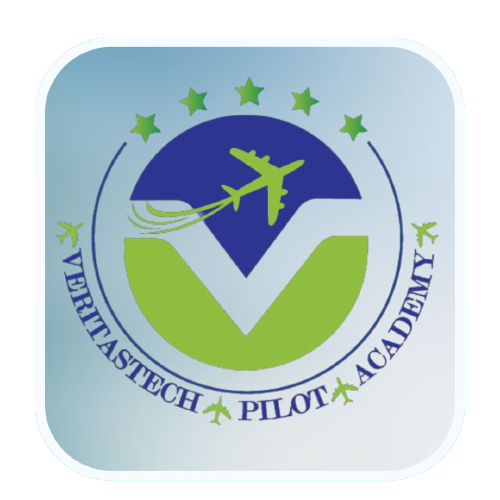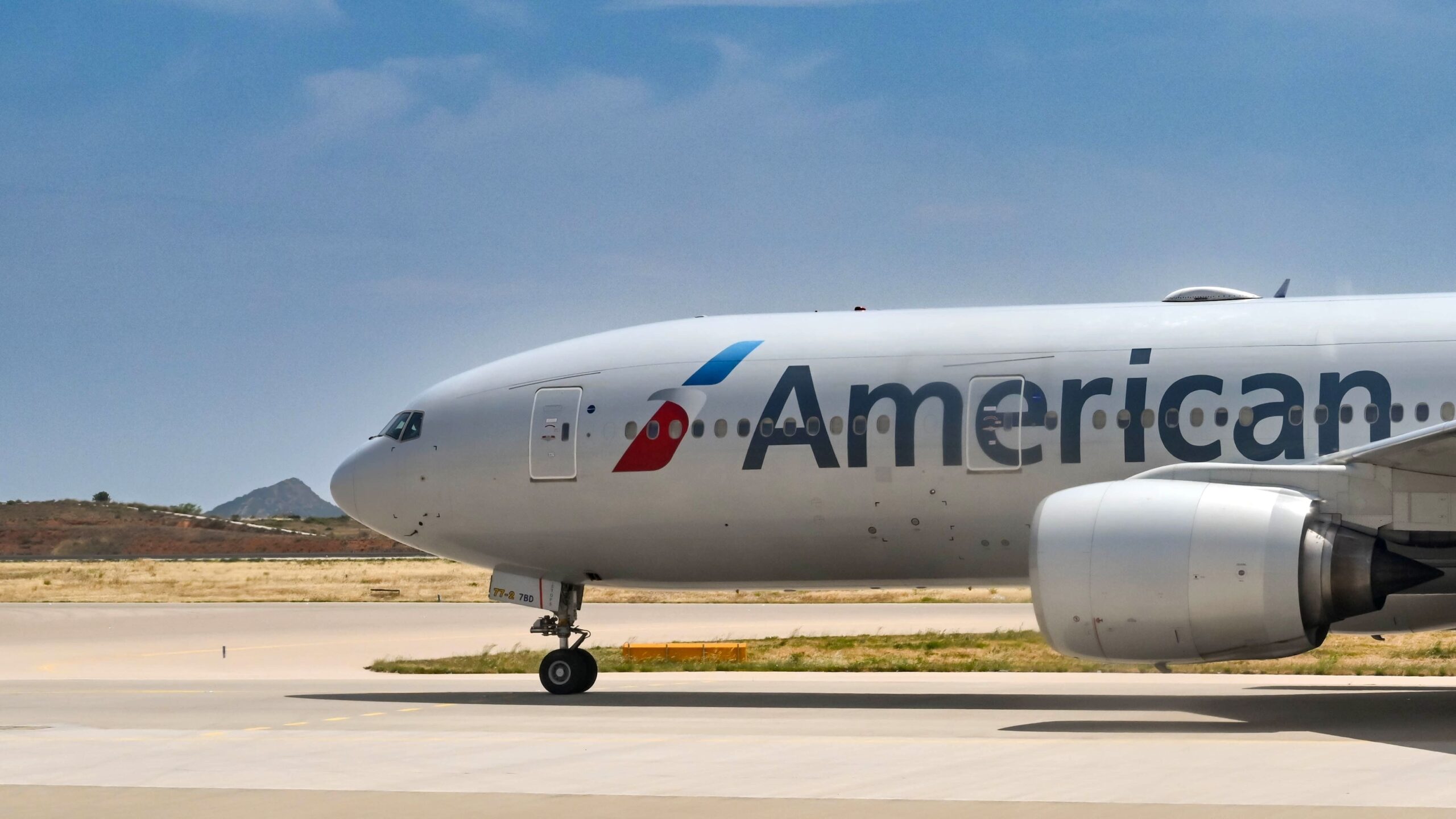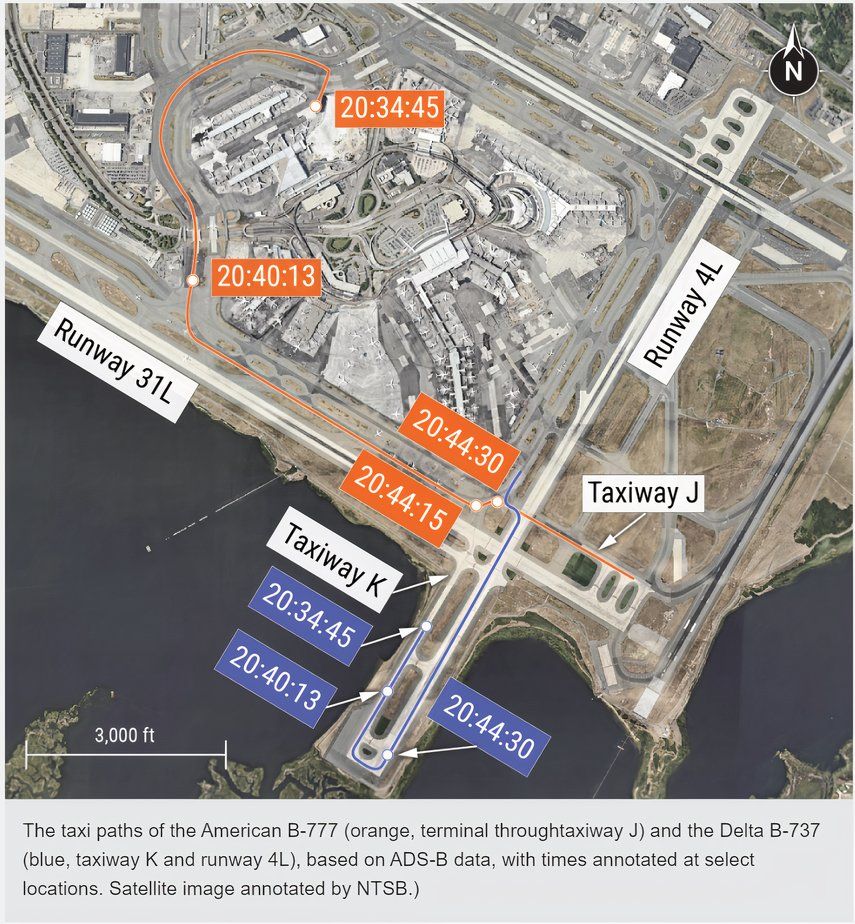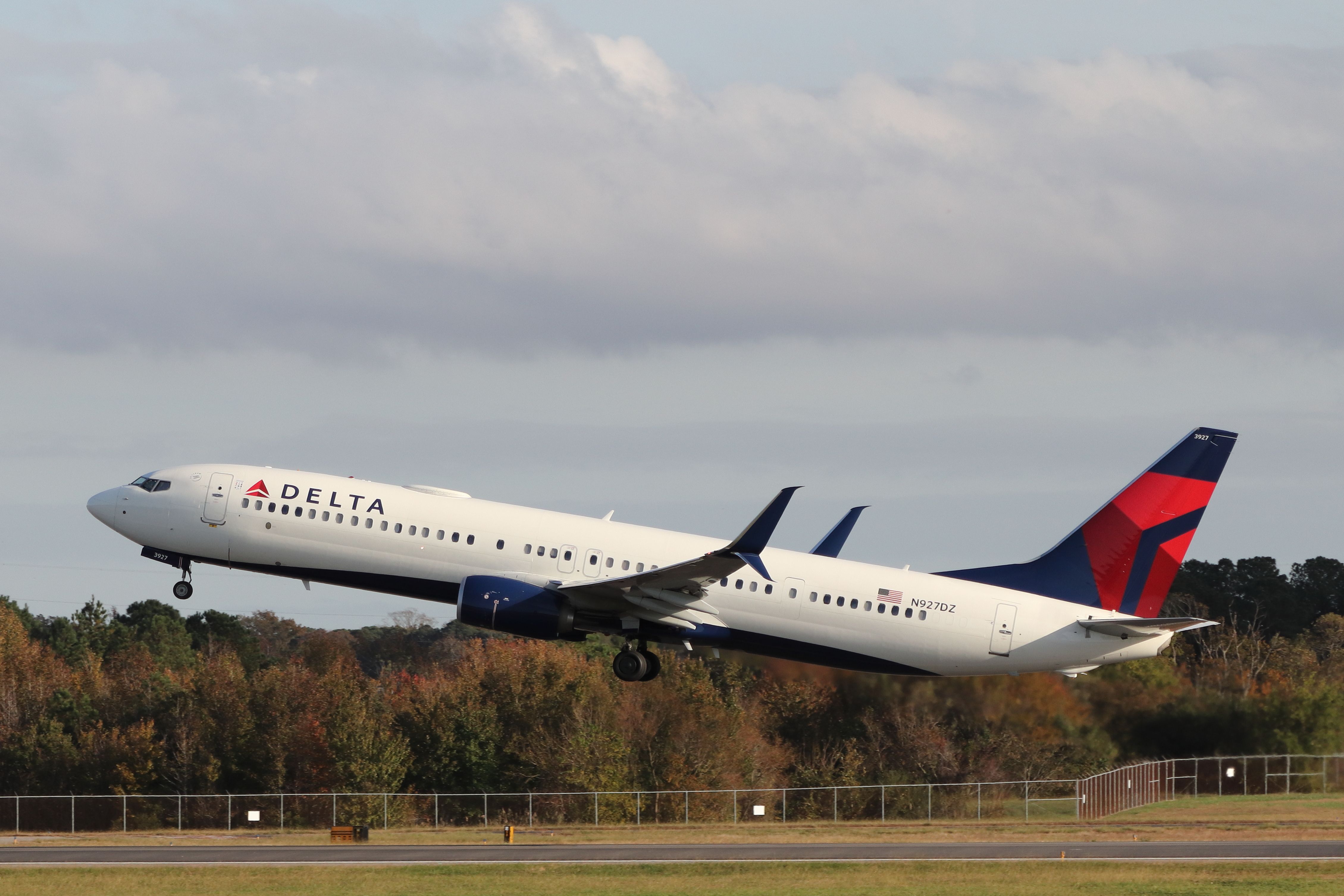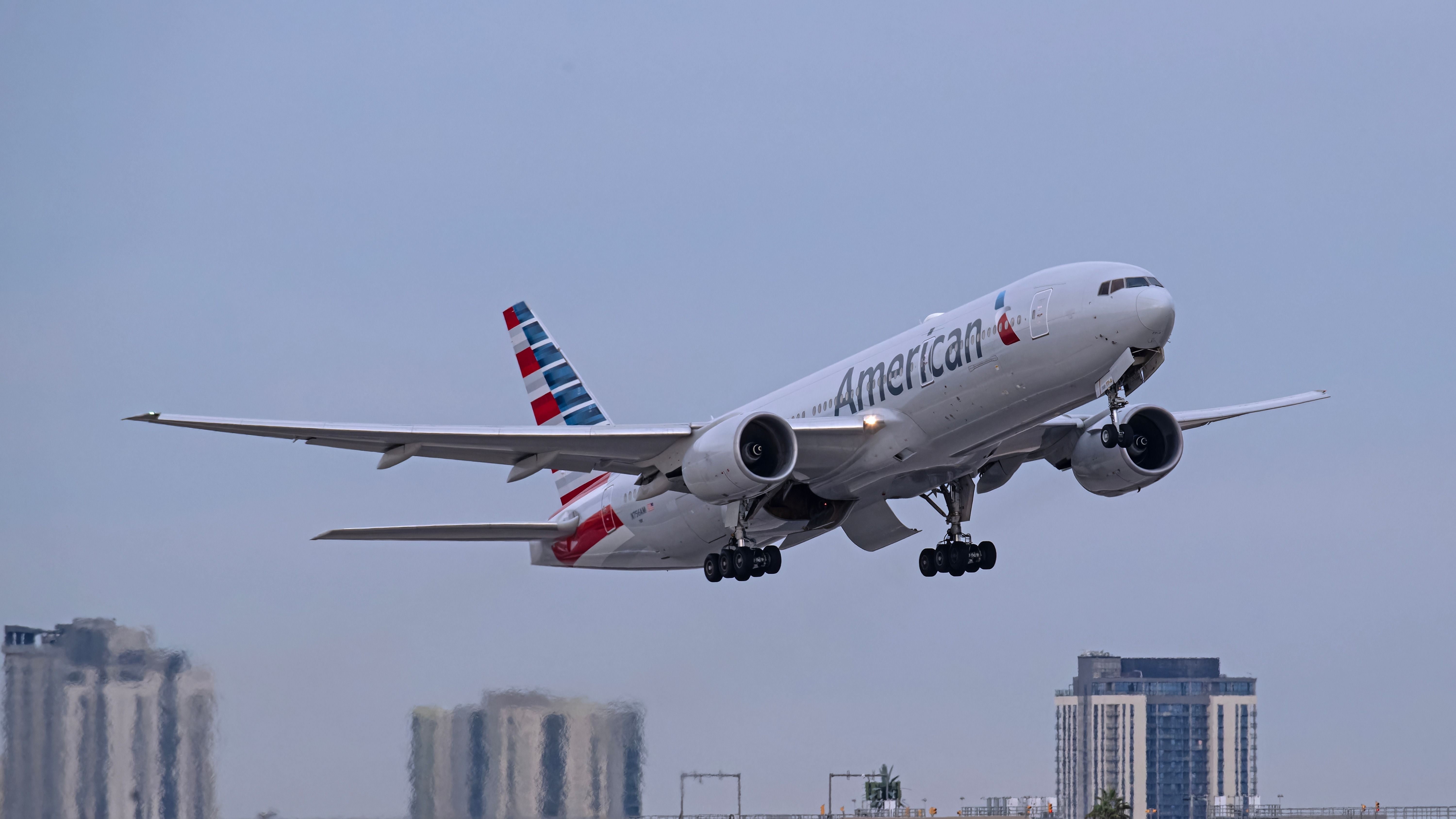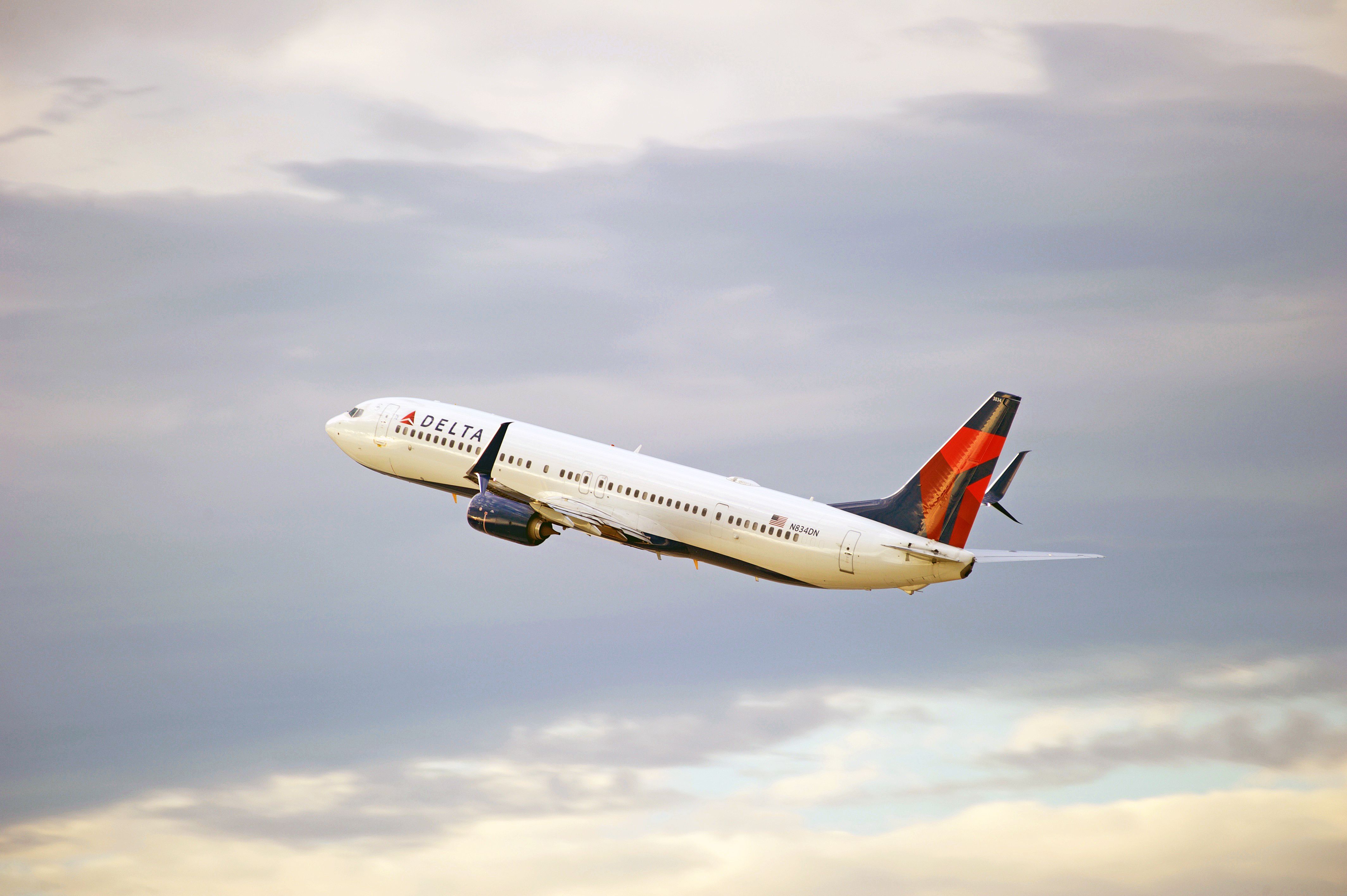Summary
- Multitasking and distractions of the flight crew of an American Airlines Boeing 777 caused runway incursion at New York JFK last year.
- Air Traffic Control also had safety issues, failing to notice the American plane on the wrong taxiway.
- ASDE-X technology at JFK airport saved the day by warning ATC of a possible collision between the planes.
The National Transportation Safety Board (NTSB) announced in an abstract published on June 4 that the Boeing 777 cockpit crew of American Airlines was multitasking and that led them to be distracted, leading to the runway incursion in January 2023. The other aircraft involved in the incident was a Delta Boeing 737, which had been cleared for takeoff from the same runway.
Interruptions and multitasking caused American 777 to enter runway mistakenly
The NTSB has revealed that the three-member cockpit crew of American Airlines’ Boeing 777 was multitasking and distracted when they entered the runway occupied by a Delta Air Lines Boeing 737 at New York JFK Airport in January 2023.
Various factors were cited by investigators, leading to the American Airlines captain’s error in continuing along the wrong taxiway and crossing the occupied runway without any clearance from the ATC.
Photo: NTSB
This included “interruptions and multitasking that were happening on the flight deck during critical moments of ground navigation.” The NTSB also noted that the other two flight crew members were unable to spot the captain’s error as they were busy with tasks that diverted their visual attention from outside the airplane.
The investigating agency also found safety issues with air traffic control, highlighting that the ground controller who gave the taxi instructions to the American crew failed to notice that the aircraft turned onto the wrong taxiway. This was because he was engaged in a lesser-priority task that involved looking down.
The NTSB also said that the ATC tower team tasked with operations related to switching runways failed to prioritize their duties to continuously scan the airport operations environment.
Photo: Trevor Howard Jones | Shutterstock
The Incident
On January 13, 2023, at around 20:44 local time at New York JFK Airport, a London-bound American Airlines Boeing 777- 200, as flight 106, crossed runway 4L without air traffic control clearance. This happened 20 seconds after a Delta Boeing 737 began its takeoff roll on the same runway.
After the ATC was alerted to the runway incursion, it immediately asked Delta to cancel the takeoff. The aircraft quickly decelerated from its top speed of 121 mph as the American widebody crossed in front of it.
Photo: Robin Guess | Shutterstock
Interestingly, the cockpit voice recording for this incident was not available to the NTSB, as it was overwritten. Investigators had to actually rely on flight crew recollections of what happened that evening.
Saved by technology
It was the Airport Surface Detection Equipment – Model X, or ASDE-X, that issued aural and visual alerts in the air traffic control tower and warned controllers of a possible collision. The Delta plane was asked to abort its takeoff around five seconds after the alarm went off.
Photo: Philip Pilosian | Shutterstock
Such a technology was recommended by the NTSB in the early 1990s and led to the development of ASDE-X. JFK received this equipment in 2009 and is one of 35 airports in the US to have it. NTSB Chair Jennifer Homendy commented,
“The whole reason U.S. aviation has such an exemplary safety record is because we’ve built in extra layers of protection, which is why we need lifesaving technology at more of the nation’s airports.
“Our investigation also makes clear why we’ve long supported systems that warn flight crews of risks directly: because every second matters. Thankfully, the controllers acted quickly in this case, but safety shouldn’t be all on their shoulders. Instead, we must back up every single component of the system; direct crew alerts do just that.”
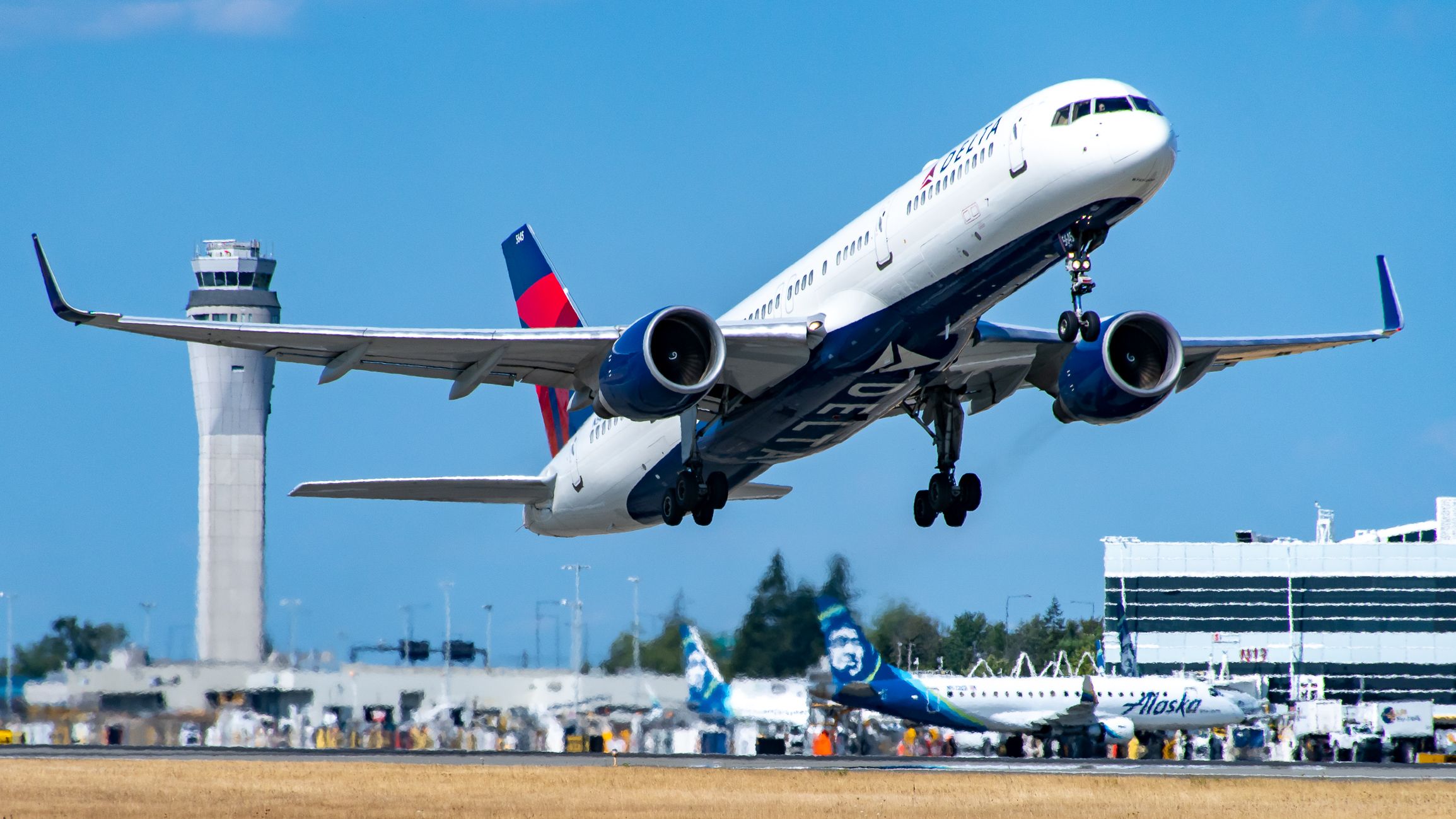
Related
FAA Issues Response To The New York Times Close Call Report
Nearly 50 near-miss incidents involving commercial aircraft reportedly occurred last month.
